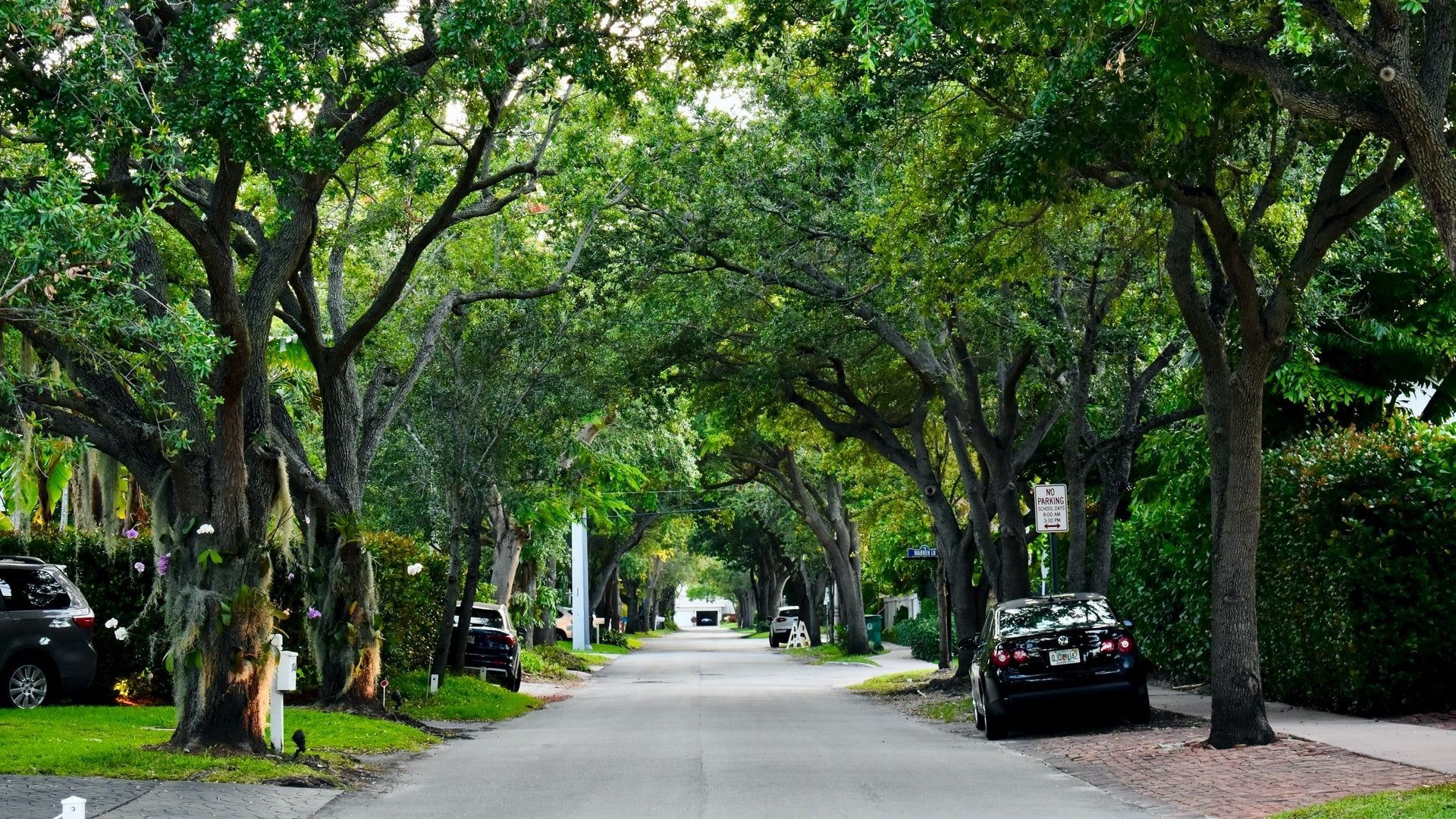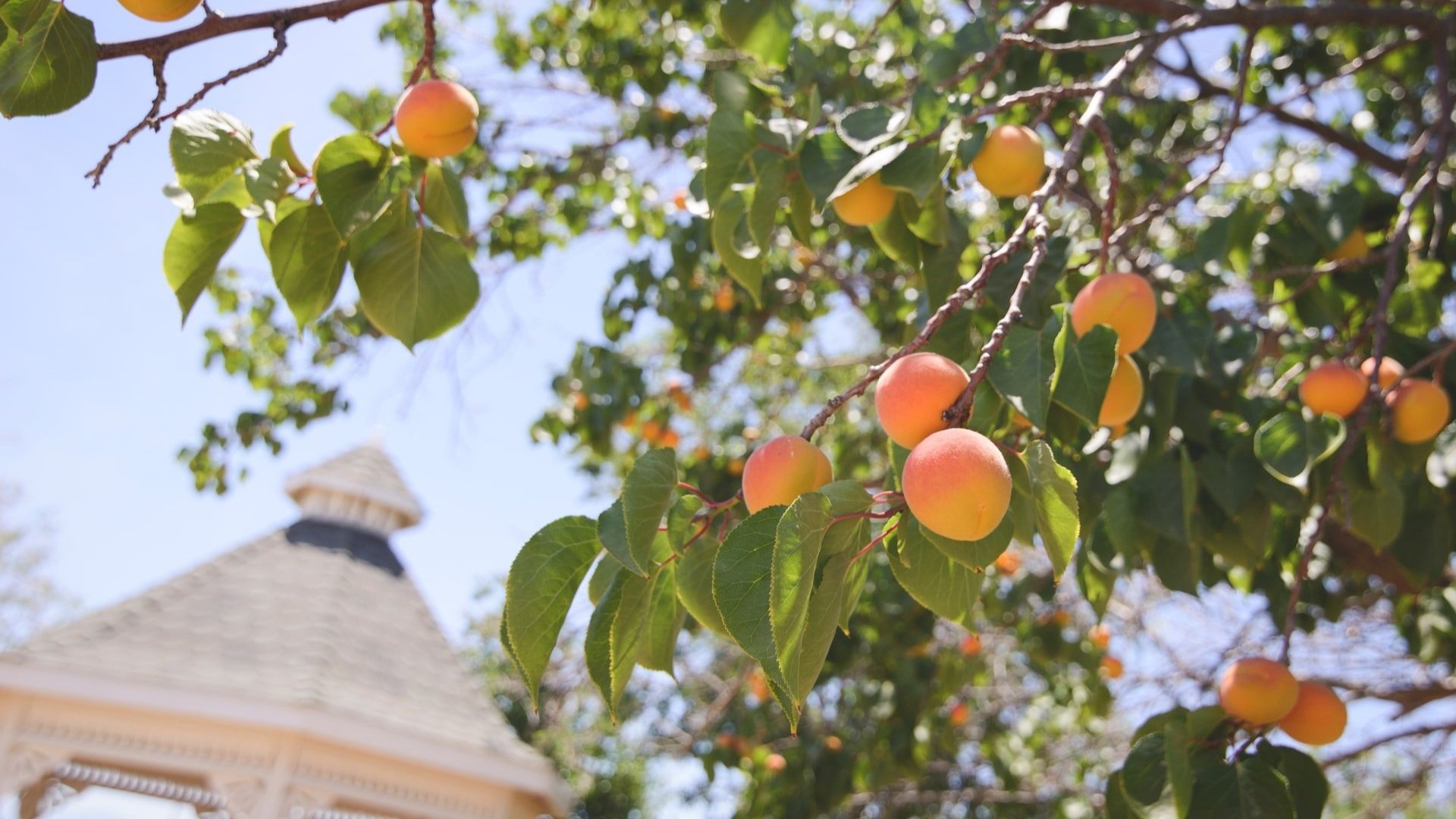Street Trees: The Roots of a Strong Town
(Source: Unsplash.)
As a kid I remember going on a mission with the block kids to discover which neighbor had the tallest tree. Given that the village’s population was only 100 people, it didn’t take us long: In less than five minutes, we were able to run from one end of the town to the other. We quickly gallivanted through the streets, looking up at the top of trees trying to judge which one felt taller.
We confirmed our tallest tree suspicions when we snuck up onto a neighbor’s roof on the corner of town and saw that the tree in my yard stuck out above all the rest. It was a glorious sight, and I couldn’t help but think about how many stories that tree held.
Street trees have oodles of place-improving qualities. Laura Dorwart noted reasons why street trees are crucial for our cities in a previous Strong Towns post: “Street trees provide plenty of pragmatic benefits in terms of urban planning and environmental wellness, such as shade from heat and relief from humidity, making streets more walkable and bikable and lowering the average electricity bills of surrounding households. They also lower the average driving speed, making roadways safer for pedestrians and drivers alike. There’s even evidence that they improve the health of nearby residents, lower crime rates, and drastically increase property values in an area.”
Not only do street trees provide good shade, increase market value, and slow cars on our street, they tell a story. When a tree is planted, it can one day tell the stories it created in the neighborhood. The possibilities are vast depending on the type of tree: It could tell stories of how it increased community engagement, how people would start conversations over its changing golden leaves—or, conversely, it could tell a story about how it never actually grew because it was planted incorrectly.
The New York Times recently published an article about reforestation groups planting the right or wrong kind of tree for biodiversity. They stated, “Planting the wrong trees in the wrong place can actually reduce biodiversity, speeding extinctions and making ecosystems far less resilient.” Scientists have warned that when we plant trees that are not natural to the environment, meaning they would not typically grow there, that “these projects can devastate biodiversity, threaten water supplies and even increase temperatures because, in some cases, trees absorb heat that grasslands—or, in other parts of the world, snow—would have reflected.”
When choosing our street trees it’s important to consider if we are planting the right type of tree for our town and environment. Unfortunately, there are also a handful of hazards that can be created by planting a fruit-bearing tree directly next to the street—though they are still a good option for pocket parks and lawn gardens.
(Source: Unsplash.)
A few weeks ago I mentioned a story about a man in my current town of residence who planted a peach tree in his front yard, which has acted as a street tree that’s built a little community. He talked about how he’s met almost a hundred different people who have been interested in his peach tree over the years. He spoke with people he never would have a reason to speak with otherwise, and now he has so many stories revolving around a simple tree.
When I was a teenager, I remember talking to my great-grandpa about how on his way to school he’d pick fruit from the street trees for his breakfast. They weren’t all fruit trees, of course, but there were a few the local kids would pick from. As he reminisced about his experience with trees growing up he smiled and said, “Trees are stories, Seairra. Don’t forget it.”
At the time, I didn’t quite understand what he meant. As I grew older and came to look back on my own childhood, I realized so many of my stories revolve around trees and the social interactions that naturally happen around them. Whether it was a neighbor's fruit tree, the perfect climbing tree, or the largest tree in town, trees increased social engagements and made for great memories.
Trees have the potential to be the roots of our community. They can gather people, provide food, and be a jungle gym for local kids. So when we plant our trees we should think not only about the biodiversity and shade benefits, but also of the stories they could tell us a hundred years after their growth. I’m sure a pear tree and an oak would have wildly different tales to tell.



Seairra Jones serves as the Lead Story Producer for Strong Towns. In the past, she's worked as a freelance journalist and videographer for a number of different organizations. She currently resides between small-town Illinois and the rural Midwest with her husband, where they help manage a family homestead. When Seairra isn’t focusing on how to make our towns stronger, you can find her outside working on the farm, writing fictional tales in a coffee shop, or reading in a hammock.